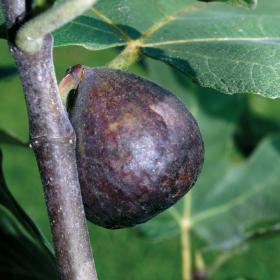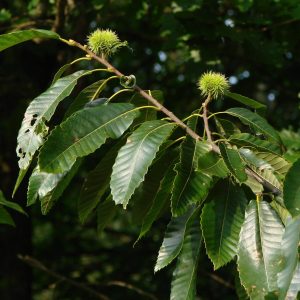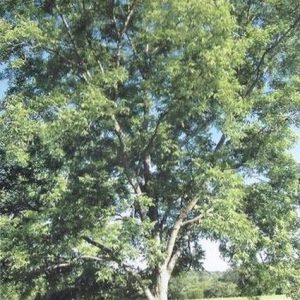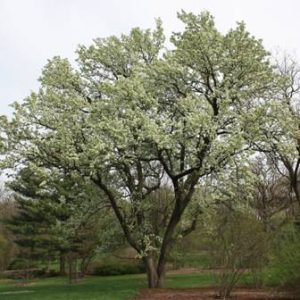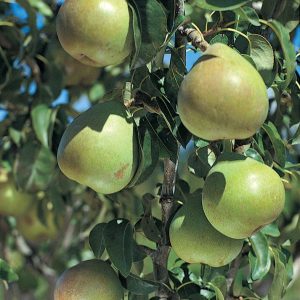$24.00
Description
A classic, all-purpose fig. Fruit is delicious fresh and in preserves. Dried figs make tasty snacks all year long. Tree needs protection when temperatures drop below 10ºF. Needs minimal pruning. May yield 2 distinct crops in locations with a long, warm growing season. Grows well in containers! Heat-tolerant. Ripens in June. Self-pollinating.
Characteristics
| Fruit Color | Brown |
| Fruit Size | Small – Medium |
| Pollination | Self-pollinating |
| Ripens/Harvest | June |
| Shade/Sun | Full Sun |
| Soil Composition | Loamy |
| Soil Moisture | Well Drained |
| Soil pH Level | 6.0 – 6.5 |
| Taste | Mild, Sweet |
| Texture | Fleshy, Soft |
| Years to Bear | 1 – 2 |
| Zone Range | 5 – 9 |

